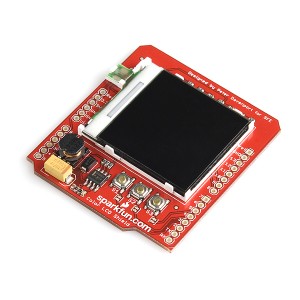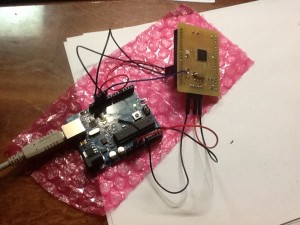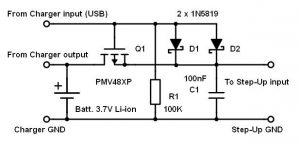Library for Arduino 1.0.3
LCD_Library
Library for Arduino 1.05
При инициализации экрана необходимы вот эти строчки.
lcd.init(EPSON);
lcd.contrast(44);

ColorLCDShield
Для AtMega 1284p *.h #else #define LCD_PIN_RES 2 // 26 // D8 #define LCD_PIN_CS 3 // 27 // D9 #define LCD_PIN_DIO 5 // D11 #define LCD_PIN_SCK 7 // D13 #define LCD_PORT_CS PORTA #define LCD_PORT_SCK PORTB #define LCD_PORT_RES PORTA #define LCD_PORT_DIO PORTB #endif И вот это в *.cpp DDRB = ((1<<LCD_PIN_DIO)|(1<<LCD_PIN_SCK)); DDRA = ((1<<LCD_PIN_CS)|(1<<LCD_PIN_RES));








